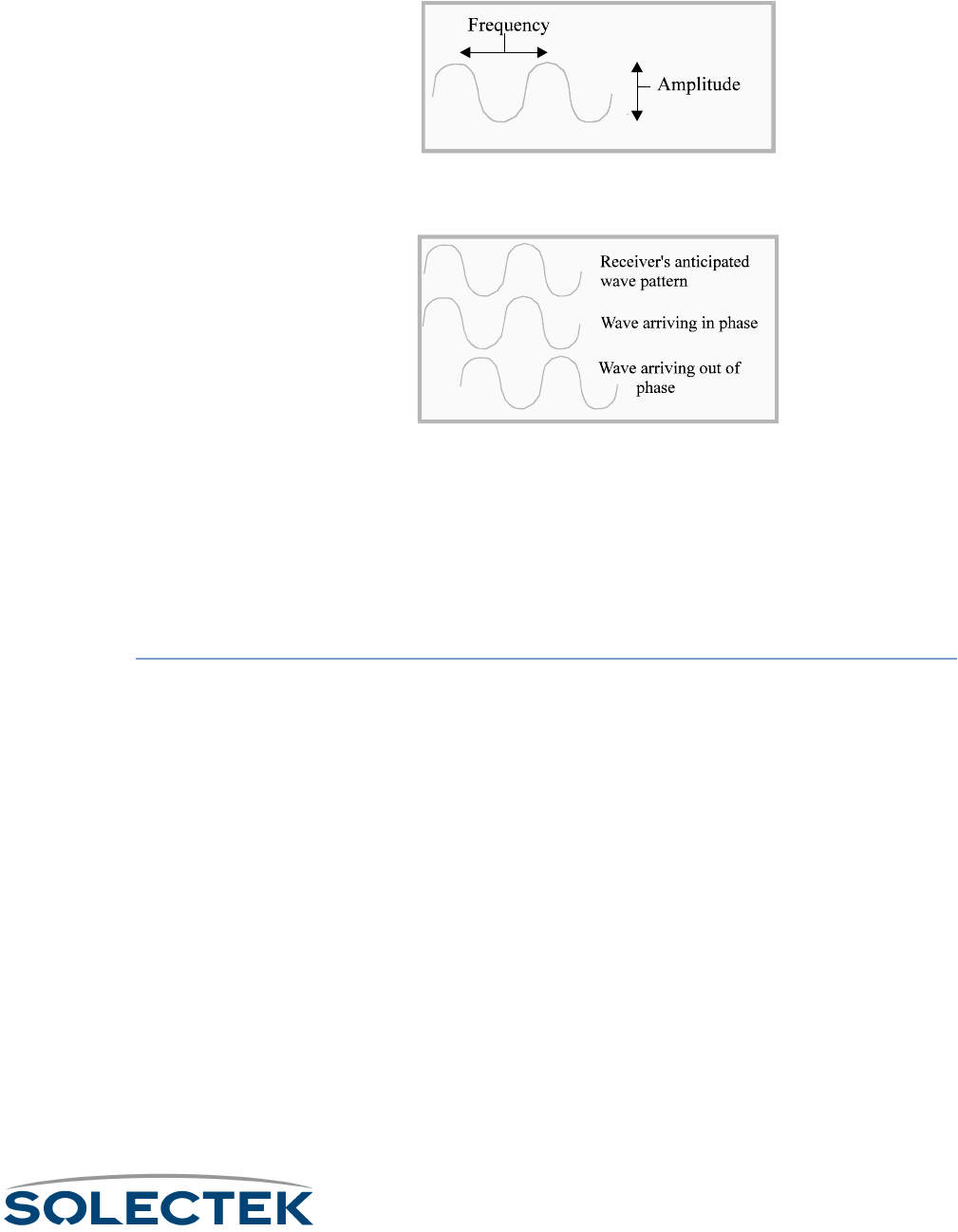User's Guide
Table Of Contents
- SkyWay Wireless Bridge/Router
- Preface
- Table of Contents
- Chapter 1: Introducing Skyway
- Chapter 2: Getting to Know the SkyWay Bridge/Router
- Chapter 3: Preparing for Installation
- Chapter 4: Installing Skyway
- Chapter 5: Configuring and Managing SkyWay
- Configuring SkyWay
- Setting System Configuration Parameters
- Understanding RF-DLC
- Configuring the Ports
- Bridging
- IP Routing
- Internet Control Message Protocol
- SNMP
- Diagnostics
- File Transfer Utilities
- Security
- Chapter 6: Monitoring SkyWay
- Chapter 7: Troubleshooting Skyway
- Appendix A: Run-time Menu Tree
- Appendix B: BIOS Menu Tree Summary Table
- Appendix C: Interface Specifications and Pinouts
- Appendix D: Detailed Product Specifications
- Appendix E: Supported Protocols
- Appendix F: Error Codes
- Appendix G: SNMP Trap Messages
- Appendix H: Installation Recording Form
- Appendix I: Sources of SNMP Management Software
- Appendix J: Glossary and Basic Concepts
- Appendix K: Skyway Antennas
- Warning:
- Notes:
- 7002301: 6 dBi Omni Directional Antenna
- 7002401: 11 dBi Omni Directional Antenna
- 7002501: 16 dBi Outdoor Flat Panel Directional Antenna
- 7002601: 17 dBi Outdoor Flat Panel Directional Antenna
- 7002701: 22 dBi Outdoor High gain Flat Panel Directional Antenna
- 7002801: 8 dBi Indoor/Outdoor Patch Antenna
- 7002901: 12 dBi 110 Outdoor Sectorial Antenna
- Index

Basic Concepts
199
Frequency is the cycling rate of the signal wave. Amplitude is the height or strength of
the signal wave.
A radio can be tuned to a frequency so that the receiver is aligned with the peaks and
valleys of the RF wave. The receiver can then detect when the wave is out of phase.
Radio waves can carry messages in different ways. The radios in our homes and cars
convey sounds in a continuous stream (analog). The signals are strong, and the sounds
are inscribed in the wave as small variations in the amplitude (AM) or frequency (FM).
Phase Shift Key. There are also many ways to carry digital radio signals. One of the
common choices is Phase Shift Key (PSK). PSK shifts the phase of the signal to indicate
the status for each bit of data in the message. Digital, on/off, phase-shift signals are eas-
ier to decipher than the countless variations in an analog sound signal.
ISM Bands The FCC regulates the available frequencies to support a maximum number of users.
By placing limits on signal strength (wattage and gain), the FCC has been able to
accommodate the needs of multiple broadcasters in high-use areas with three small
bands of frequency. If you comply with FCC restrictions, you may broadcast within the
Industry, Science, and Medicine (ISM) bands without a license. The ISM bands include
the 2.4 GHz band, the 902-928 MHz band, and the 5.725-5.850 GHz band.
Solectek products are approved for unlicensed broadcasting within the ISM bands if
used in the packaged configurations approved by the FCC. To avoid FCC penalties and
maintain your warranty, you must use Solectek products in their FCC-approved config-
urations. It is illegal to substitute cables, antennas, or other system components.
2.4 GHz Frequency Characteristics. The 2.4 GHz band is good for long-distance
transmissions. It is rarely affected by static interference. There are multiple channels
within the 2.4 GHz band.










